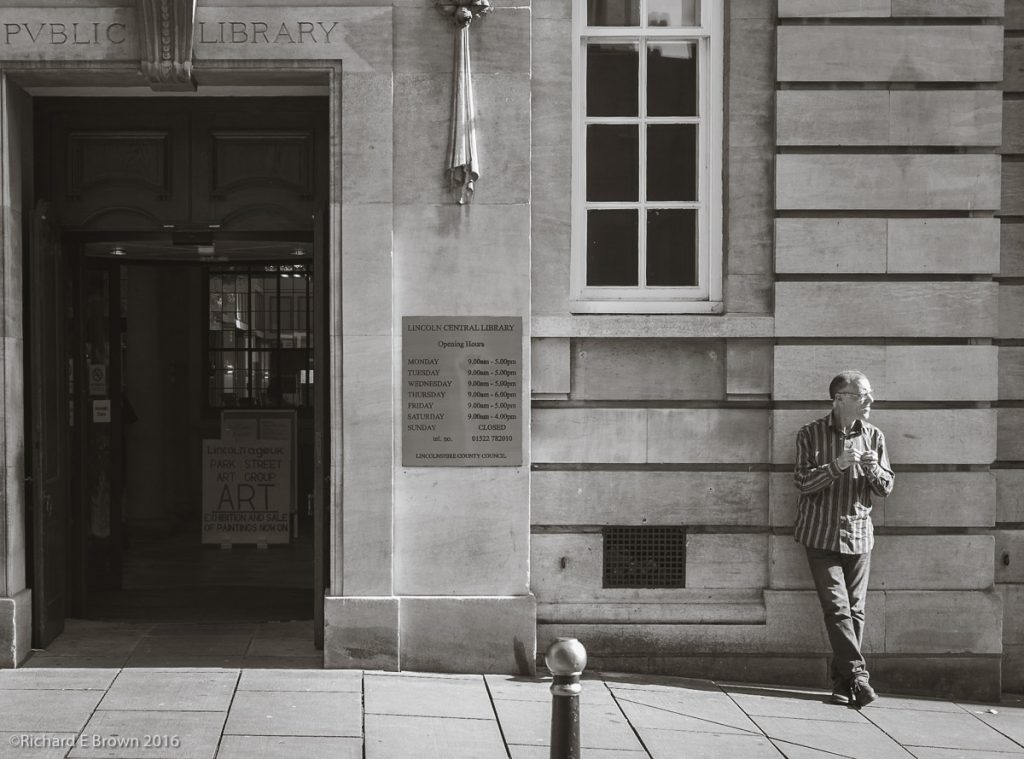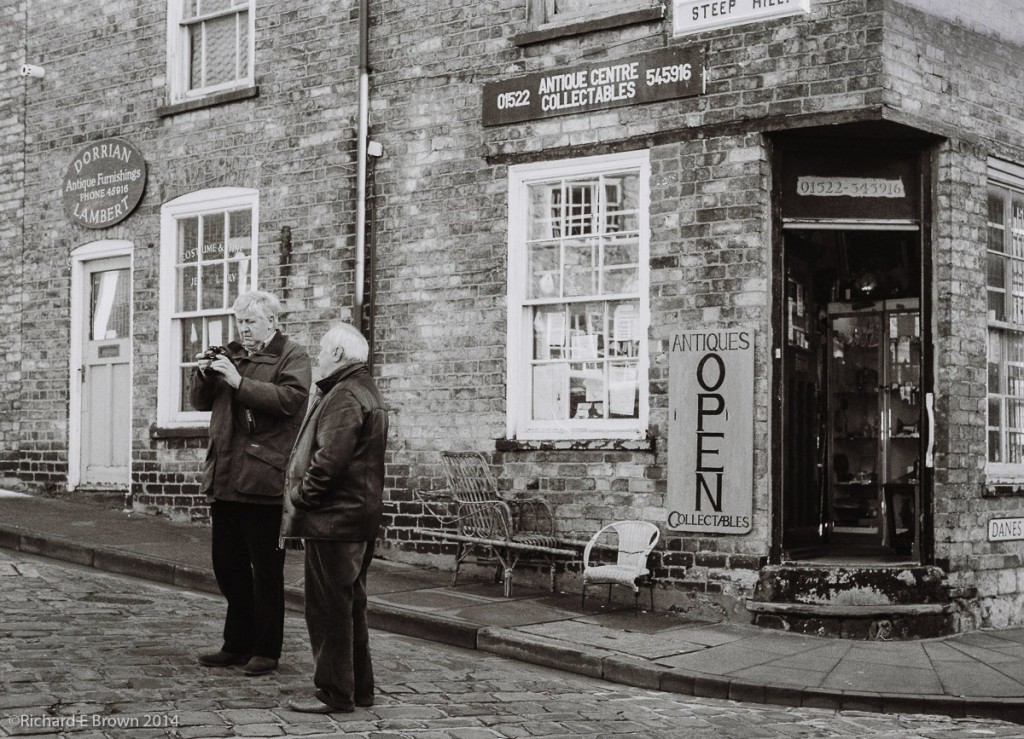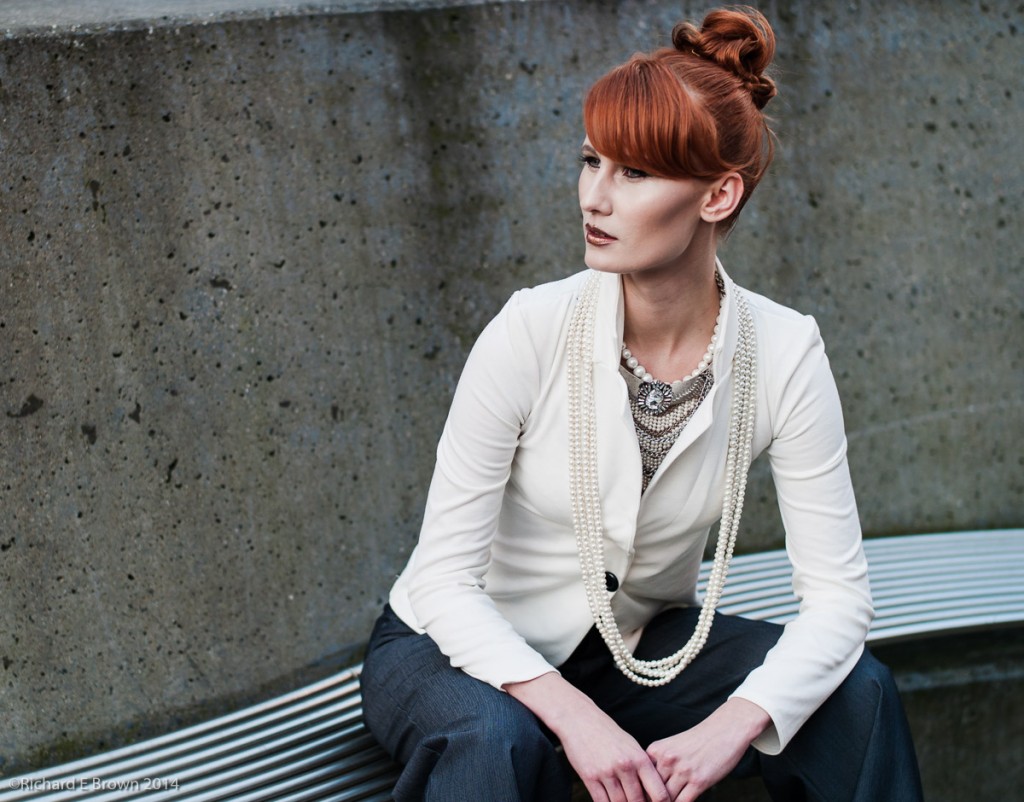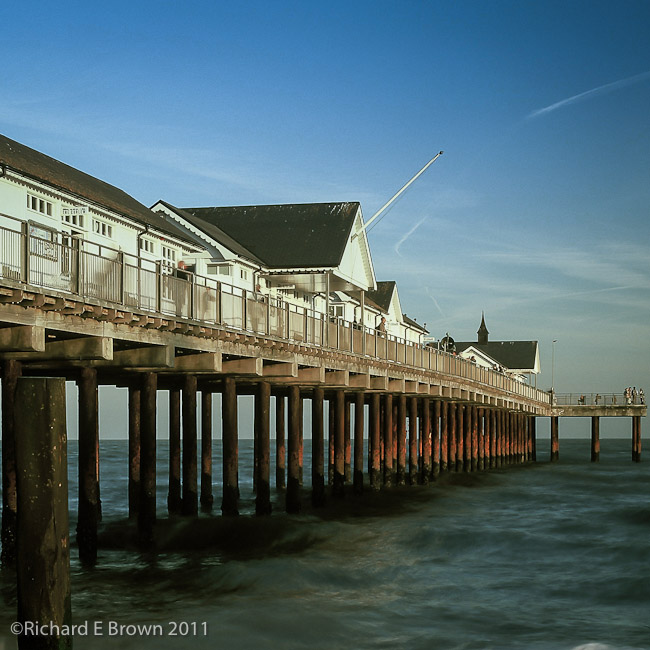
Leica M8
Leica Summicron 35mm f/2 ASPH 6-Bit
35mm, 1/250 Sec at f/4.8, ISO160
Post Processed in Adobe Lightroom CC2015.7
On a Mac Pro, OS-X 10.11.6

Family, Photography and other misc news
The first digital M the M8 was released onto the world on the 14th September. This month Leica are celebrating ten years of digital M’s.


The M8.2 introduced a better shutter and my M8 was upgraded to this shutter by the previous owner.
The first real digital M people generally consider is the M9. With sophisticated micro-lens over the sensor it could be made full frame.
The next M the M Type 240 introduced better electronics and the option to use live view and an EVF. All M’s since then have been variations of this, with either a bigger buffer or with a better shutter and live view removed.
I am still using my M8 and will continue to do so until the next M is announced. I am hoping that the learning Leica has done making the Leica Q and the SL will mean it will have class leading electronics as the only thing letting down the M8 and to a point the M9 and M Type 240 range is the electronics.
When its announced i’ll make a decision on whether to buy that or pick up a cheap M Type 240 derivative.
I am now an Apple Watch owner, in the end I went for the Gold coloured aluminum model. Its proving to be a fun device, definitely not a must have but a nice to have.
If your mildly into fitness and have other Apple devices its a useful device, but for more keen fitness fanatics then a more dedicated device such as a fit bit may be better.
Last week Apple released the latest version of OS X, now renamed to MacOS. My old laptop is now too old, there are ways of forcing it on, and I may try that but without Bluetooth v4 and Wireless AC you miss out on a lot of the cool features.
Luckily my desktop does support the OS and the cool new features.
Being a photographer I have too many devices that need testing to just jump ahead with the upgrade so I have been doing a little research first.
As far as I could find everything should work, the only worry was my i1 screen calibrator and my printer, while Epson listed my scanner compatible with MacOS the printer only had the previous version of OS listed.
With that being the case I downloaded the new OS and installed it on a spare external hard drive and booted my MacPro desktop from that. First I did a clean install and downloaded the Adobe Photoshop and Adobe Lightroom to test, then my Wacom tablet. That all worked fine.
I then tested Apple’s migration assistant and pulled over all my data and applications and settings from my Time Machine backup disk.
I tested Photoshop and Lightroom again and the tablet. Then I tested my scanner and finally I tried some prints from Lightroom to my printer.
I am pleased to report that everything works, so once MacOS 10.12.1 is released I’ll risk upgrading.
Micro formats like our phones and compacts use have advantages, small so can always be carried, lots of depth of field. Microfourthirds, significant quality improvement, good enough for many applications. DX crop (1.5x) a step up again in quality, better noise and dynamic range. Small format i.e. 35mm full frame, loosing depth of field which can be used creatively, again better noise and dynamic range. The next step up is the cropped medium format, then full frame medium format, cropped large format then full frame large format.
As you see with each increase in format you get better noise, but less depth of field, which can be a positive and a negative, better dynamic range but also the way the image is draw from the lens characteristics differs from format to format.
You cannot state one format is better then another, just different.
Its been interesting seeing the anger on the forums that the new mirrorless Hasselblad and Fuji’s have generated. Users of 35mm full frame, and mainly Sony A7 users have long said that full frame 35mm gives significant advantages over microfourthirds and DX. They have a case for microfourthirds if your willing to put up with the size and weight good quality full frame (35mm) glass is and the issues that brings, less so with DX. But now their claiming there is no advantage to cropped medium format over full frame 35mm, basically using the same arguments the smaller formats have been using against them. They cannot have it both ways.
Each format has its advantages and for many people having a foot in two systems can be useful. Microfourthirds and full frame make good partners, and DX and cropped medium format also make a good pair. You can see why Fuji have gone for DX with their X system cameras and now medium format with their new medium format camera, lets hope they make a success of it.
Sony carry on there strategy of producing just about everything and keep throwing things out there to see what works.
The Sony fan boys are all over this new Alpha A99 Mark II the first SLR from Sony in a while. Some Alpha users had already given up on the brand and whose that wanted SLR’s have jumped ship to Canon and Nikon, but for those that stayed its nice to finally see a new product but you have to think that this may be the last SLR from Sony.

The big story for me this Photokina has been mirrorless medium format.
As I posted yesterday the Fuji and Hasselblad has certainly set the medium format world alight. I have been reading up what I can and the Hasselblad is certainly a portable king of the studio with shutter speeds of 60 minutes to 1/2000 of a second and all with full flash sync.
What the Fuji has is weather sealing making it a great camera for landscape photographers. Its really tough trying to pick between them and its likely down to which of those two features do you value the most, the flash capability or weather sealing.
Mirrorless is definitely the way forward as electronic viewfinders get better and better. With medium format a optical viewfinder is less important and a larger screen to compose on especially an adjustable tillable screen like in the Fuji. The Hasselblad does have an app for the iPad so you could use the iPad as a giant live view viewfinder.
For me as a studio photographer who also does landscape, its a very tough choice. The Fuji is winning on weather sealing, and the adjustable rear screen, but that flash sync speed on the Hasselblad is temping, also being an existing Hasselblad user with some V lens, its likely an adapter is going to be available. Now you can make a good argument for saying the Leica S is the best compromise, weather sealing and lens with leaf shutters available, but as its not mirrorless how long is it going to last in the market?
Photokina is now underway, Panasonic made a lot announcements, mainly compacts including a 1 inch sensor compact that I am sure is going to get rebadged by Leica.
The rumoured Fuji medium format made an appearance which will be interesting. For users wanting a small good handling medium format camera you just really had the Leica S to choose from but now we have the new Hasselblad X1D-50c and the new Fuji GFX 50S. Its a tough to say which is best, I think the Hasselblad may just come top, and at 51 MP the Fuji is certainly a megapixel king, but the Leica S system may still hold on to second place with the selection of lens available.
Certainly with these offerings the Leica S needs upgrading soon as at £13,165 and only 37.5 MP the competition is coming.
We have now had the first Leica announcement and it really came from left field. No Leica T replacement or the much waited for M; no but a film camera, an instant film camera. Basically its a rebadged Fuji Instax, and at £250 I expect it may do well for some people wanting a fun party camera.
Personally as most people have smartphones this days you would be better off adding a battery operated wireless printer which would cost about half of what this would.
Canon have released their best mirrorless yet, we now have very good bodies from Leica, Sony, Panasonic, Fuji, Olympus and Canon are slowly getting there. Note a major manufacture missing, yep Nikon, come on Nikon get your act together.
If I had no cameras at all then I would likely buy the Leica S for my medium format solution, Leica M for my full frame mirrorless and I am hoping that the new Leica TL will be a cropped sensor sensation. If I had to buy a mirrorless now it would be between Panasonic and Olympus.
On the Leica front we have rumours of a new zoom for the SL and new primes bringing the range to 35mm, 50mm, 75mm and 90mm so a good range of primes and zooms of 16-35mm, 24-90mm and 90-280mm. With adapters for Nikon and Canon SLR cameras plus the ability to shoot with any Leica lens made its now quite a system.